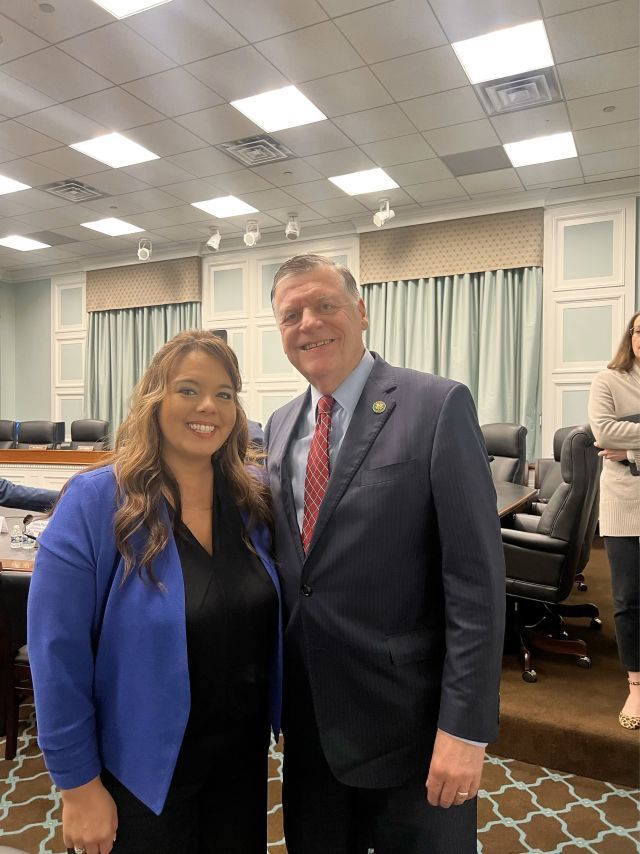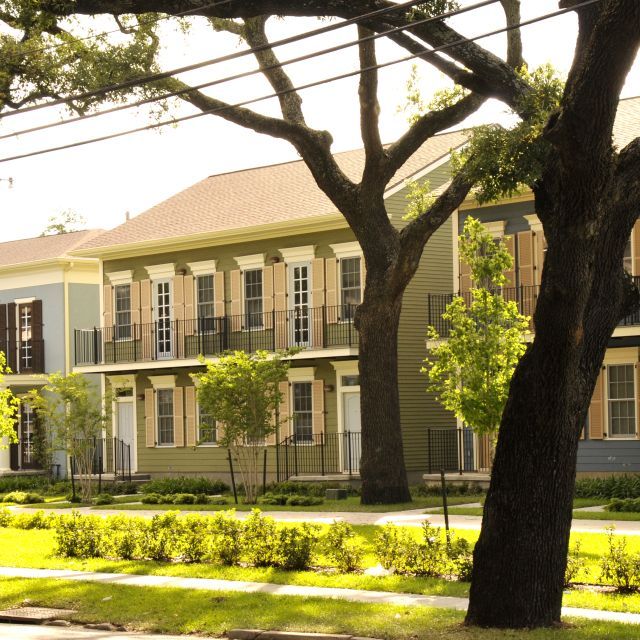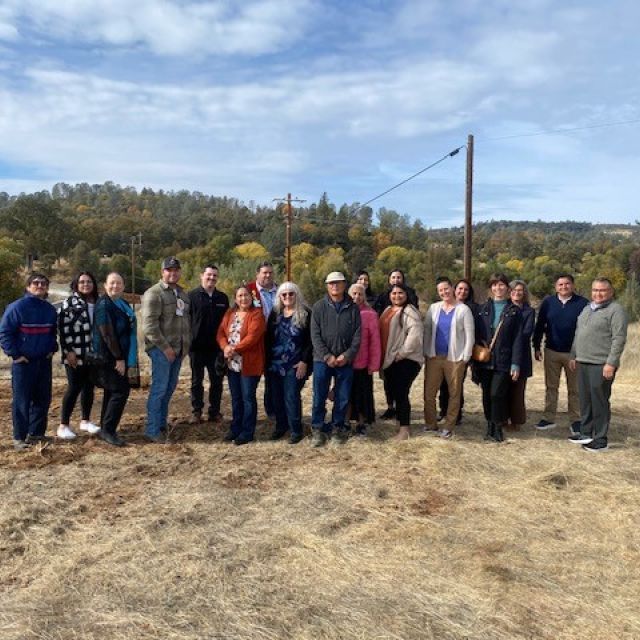The federal government must support funding to end the shortage of Native housing, Tonya Plummer, Enterprise’s director for Native American housing programs, testified at a Congressional oversight hearing.
“Our Tribal structure is focused on the family which is built around the home,” Plummer told the House Committee on Appropriations, Subcommittee on Transportation, Housing and Urban Development on Friday. “A stable home is a cornerstone of social, emotional, spiritual, and economic stability. Housing is economic development.”
Plummer, who is an enrolled tribal member of Assiniboine, Sioux, and Cree heritage, underscored the need for increased investment and focus on Indian country, where Native Americans experience a shortage of affordable homes, as well as higher rates of substandard homes and overcrowding.
“Upholding the federal trust responsibility and keeping the promises made to tribes is not ‘discretionary,’” Plummer told Congress. “We were never intended to be a line item on a budget. We always have been, and always will be, the most elemental part of the fabric of this great nation.”
Here are five highlights from Plummer’s testimony:
Read Tonya Plummer’s full testimony here.

1. “When our traditional lodges are set up, they are set to face the East, where the sun rises. The tipi itself is a symbol of the womb, of birth, and stepping out of the tipi at sunrise is the dawn of a new day, a rebirth.”
This concept, when applied to the business world, is known as “sunrise thinking,” Plummer said, and she urged lawmakers to consider fresh, new ways of thinking about solutions.
2. “Thirty four percent of households on Tribal land lack plumbing, electricity, or heat, according to the most recent data from 2017. Sixteen percent of households in tribal areas live in overcrowded homes.”
To remedy overcrowding, 68,000 new homes are needed on reservations and Tribal lands, Plummer said, adding that the shortage is worse today in 2023.
3. “Funding levels for the Indian Housing Block Grant in inflation-adjusted dollars remained flat from 2011-2021, according to a National American Indian Housing Council analysis.”
Current IHBG funding levels allow for the construction of only 1,000 homes every year, meaning that it would take 68 years to build enough houses to end the shortage of Tribal housing identified by the 2017 HUD study, Plummer said. “Consistent, increased funding for this work is imperative to meeting the federal trust responsibility and seeing the full benefit of these programs,” she added.
4. “Indian Country is effectively redlined and it’s time for the barriers to be removed.”
Plummer called out challenges that Tribes and Tribal citizens face in accessing public and private capital, noting that the “perception is still that Tribes trying to bring homeownership to their own lands held in trust with the federal government have only one or two options at their disposal.”
To improve process and capital flow, Plummer urged lawmakers to look closely at supporting three key upcoming bills: The Tribal Trust Land Homeownership Act of 2023, the Native American Rural Homeownership Improvement Act, and the Native American Direct Loan Improvement Act of 2023.
5. “Efforts to collaborate with federal agencies must complement but never replace deep Tribal consultation and focused working groups with hands-on practitioners to identify solutions in a truly informed and iterative process.”
Plummer highlighted a newer trend of collaboration with the HUD Tribal Intergovernmental Advisory Committee and USDA’s Rural Partners Network. And she noted that Enterprise works directly with the U.S. Department of the Interior and the newly established Office of Strategic Partnerships to increase affordable housing and homeownership opportunities in Tribal communities. “We celebrate these collaborations; however, the federal trust responsibility remains,” she said.



